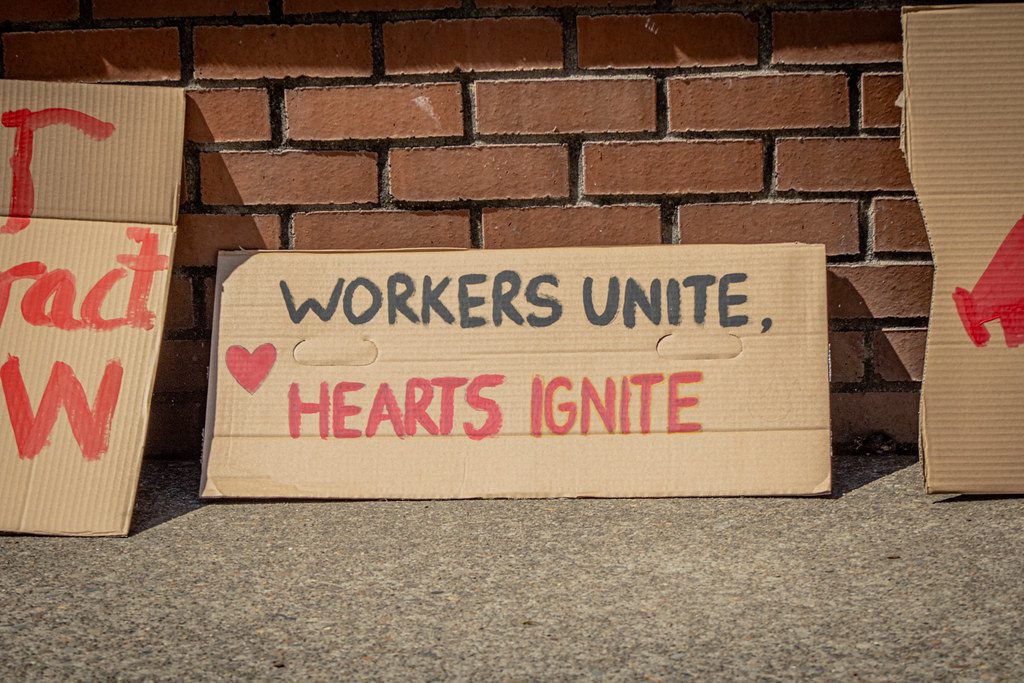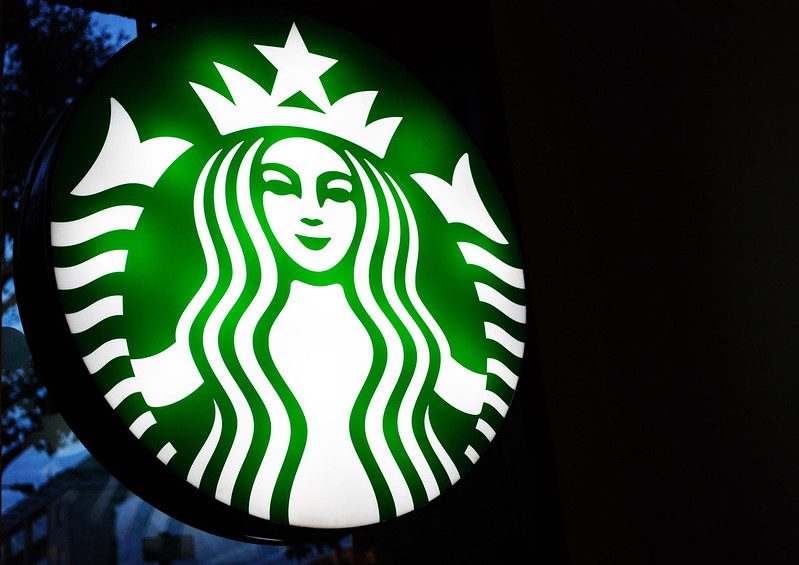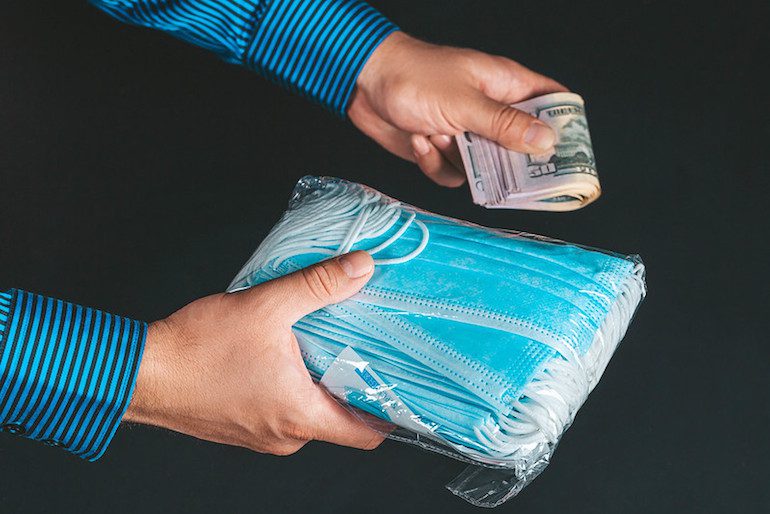It took more than two years of hard work and relentless campaigning for LA’s tourism workers to win $30 an hour. Here’s how they did it.
By Sonali Kolhatkar
Tourism workers in Southern California just won a historic battle for the highest minimum wage in the nation—a perfect counterpoint to the Republican-led tax bill that rewards billionaires at the expense of low-income Medicaid recipients. The union-backed campaign is a powerful lesson in creative, proactive, and long-term mobilizing for economic justice.
Southern California’s tourism industry has been salivating at the prospect of an influx of visitors during the upcoming 2026 FIFA World Cup and the 2028 Olympics, both of which Los Angeles will host. Why shouldn’t low-wage workers exploit the opportunity as well?
In April 2023, unions, faith groups, and advocacy organizations formed into a coalition called Tourism Workers Rising and cleverly labeled their demand for an “Olympic/Paralympic wage.” They proposed that the Los Angeles City Council pass an ordinance raising the minimum wage for all workers in the tourism industry to $30 an hour. This includes airport workers and workers at all hotels with more than 60 rooms.
Reverend Jennifer Gutierrez, an elder in the United Methodist Church and the executive director of CLUE (Clergy and Laity United for Economic Justice), who worked closely with campaign organizers, explained that “some of the more conservative council members requested a study to see how this [$30 an hour minimum wage] would affect the economy in the area, and of course a study came back saying it would be good for the economy.”
Gutierrez was referencing an economic impact study commissioned by the City Council, which found that a wage hike would be good for the local economy and benefit individual workers, small businesses, and local government. The study concluded that the “estimated 23,000 workers directly and indirectly impacted by the proposed increases are expected to spend a large portion of their new earnings stimulating the local economy by purchasing goods and other services.”
Two unions, Unite HERE Local 11, which represents hotel and hospitality workers, and SEIU USWW, whose members work at the Los Angeles International Airport as janitors, security guards, and other workers, joined forces to win the measure. “Any time unions can collaborate together, it makes a big impact,” said Gutierrez.
The coalition used social media to showcase how workers struggle to pay their bills on time in an economy where the cost of living continues to rise while wages stagnate. “I need to pay my electric bill on time,” said Maria Romero, an airport worker and member of SEIU-USWW, in an Instagram post shared by Tourism Workers Rising. Maria Gonzales, an airline catering worker, said she needs higher wages just to be able to pay rent on time. Laura Banuet, an airport worker, maintained that “we need a raise to have a dignified living wage.”
The fight took place at the intersection of economic and racial justice, with Los Angeles Council member Curren Price estimating that “nearly 9 out [of] 10 tourism workers are people of color.” The multiracial campaign, reflecting the city’s racially diverse populations, was relentless in pushing and cajoling members of the City Council to vote yes on the ordinance when it came up for a vote in May 2025. Coalition partners recorded social media messages urging council members to vote in favor of the measure, marched and protested in the streets on May Day, and mobilized outside City Hall while a council committee deliberated the ordinance.
In a letter to the International Olympic Committee (IOC) and the president of FIFA, Unite HERE Local 11 leaders urged them to support the fight for a higher minimum wage, and called out the hypocrisy of global institutions that claim their massive sporting events are good for the economy. Signatories pointed out that “Both FIFA and the IOC have committed themselves to promoting sustainable economic development and humanitarian values… Yet to date, actors like the IOC, LA28, and FIFA have done far too little to ensure that our communities will actually benefit.”
More than two years after launching the campaign, on May 14, 2025, workers testified to the LA City Council about the need for an “Olympic wage” ahead of a full vote on the ordinance. Councilors passed the vote 12 to 3, and, according to the Los Angeles Times, this “translates to a 48 percent hike in the minimum wage for hotel employees over three years. Airport workers would see a 56 percent increase.”
There was no recourse for the City Council, no good reasoning to hinge a “no” vote on, and nowhere to hide from the hundreds of people who gathered regularly to hold them accountable. While local politicians faced tremendous pressure from the hotel and tourism industry, they had to contend with 25 months of grassroots campaigning, fueled by the wrath of workers and their allies. Ultimately, they gave in to the greater pressure—a reminder that political organizing is well-summarized by the adage, “the squeaky wheel gets the grease.”
But moneyed interests will not back down. Hotel chains are enraged at the ordinance and have threatened to withdraw from agreements to offer blocks of rooms at discounts during the 2028 Olympics. Mark Beccaria of Hotel Angeleno told a local channel KTLA, “Common sense says you cannot raise wages over 30 percent in less than a year when revenue is flat.” What he didn’t add is that when revenues spike, shareholders generally pocket the profits—this is by design—rather than voluntarily giving workers increased wages.
If profitable years for hotels translated into higher wages for workers, there would be no worker struggles to pay rent or electric bills. Common sense is precisely what workers are driven by when their unions campaign for higher wages.
Local business leaders are also urging the council, ahead of a final vote, to hold off on the wage increase because of the federal government’s tariffs championed by President Donald Trump. And while it’s true that tariffs have impacted Los Angeles’s local economy, that’s not the fault of tourism workers. Why should workers pay the price of Trump’s tariff-related damage?
The Tourism Workers Rising campaign offers an “Organizing 101” course on how to effect change. The dynamics between politicians and their constituents is one of push and pull, of requests, gratitude, public pressure, and uncompromising demands. And, although $30 an hour is the nation’s highest minimum wage, “it is still not enough for a family to live on in Los Angeles,” said Gutierrez. “It is not a living wage. One job should be enough, and it’s still not enough.” For as long as there is predatory capitalism, there needs to be worker pushback.
Sonali Kolhatkar is an award-winning multimedia journalist. She is the founder, host, and executive producer of “Rising Up With Sonali,” a weekly subscriber-funded television and radio show that airs on Free Speech TV and Pacifica stations. Her books include Talking About Abolition: A Police-Free World Is Possible (Seven Stories Press, 2025) and Rising Up: The Power of Narrative in Pursuing Racial Justice (City Lights Books, 2023). She is a writing fellow for the Economy for All project at the Independent Media Institute and was a senior editor at Yes! Magazine covering race and economy. She serves as the co-director of the nonprofit solidarity organization the Afghan Women’s Mission and is a co-author of Bleeding Afghanistan. She also sits on the board of directors of Justice Action Center, an immigrant rights organization.
Photo Credit: outinthetrenches, via Flickr




